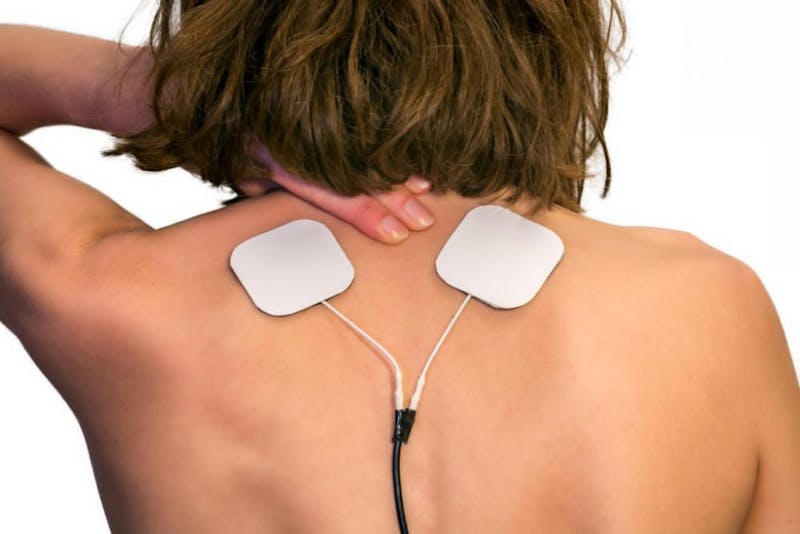
You’ll find the most effective and innovative treatments available for painful spinal disorders at the Center for the Functional Restoration of the Spine (CFRS) in Shrewsbury, Toms River, and Edison, New Jersey.
The CFRS team, led by orthopaedic spine specialists Dr. Steve Paragioudakis and Dr. Marc Menkowitz, explains how spinal cord stimulation works and when they recommend it for chronic back pain.
What is spinal cord stimulation?
Spinal cord stimulation, also known as neurostimulation, uses painless, low-level electrical pulses to disrupt pain signals traveling from nerves in your back to your brain.
How does spinal cord stimulation work?
During spinal cord stimulation, a small pacemaker-like device creates pulses of electricity that travel along small wires (electrodes) from the device to your spinal cord or targeted peripheral nerve(s).
Spinal cord stimulation doesn’t cure the condition causing your pain. Instead, the electrical impulses generate a type of static along the nerve that masks pain signals before they reach the brain.
The pulse generator may be implanted just under the skin, usually near the hip, or worn externally. Like a pacemaker, the generator has programmable settings that control the timing and intensity of stimulation.
Many systems include a handheld device that allows you to modify stimulation programs according to your activity level or other factors that may influence your symptoms. You can turn the stimulator on or off during certain times of the day or use it around the clock if necessary.
If you’re considering spinal cord stimulation, you first undergo a trial to ensure the therapy is effective before having the device implanted. Also, the treatment is easily reversible. The pulse generator and electrodes can be removed at any time via an in-office procedure.
Who is a good candidate for spinal cord stimulation?
Your CFRS specialist may recommend spinal cord stimulation for moderate to severe chronic back pain that hasn’t responded to physical therapy, epidural steroid injections, or other conservative pain management.
Spinal cord stimulation is often effective for people whose back pain has not resolved following surgery or whose spinal condition does not warrant surgery. Benefits of spinal cord stimulation include increased activity and decreased use of narcotic-type pain medications. It can also provide relief from the overall health effects of chronic pain.
The most common side effect of spinal cord stimulation is a tingling sensation (paraesthesia) with the delivery of the electrical pulse. However, many people find the tingling negligible and easily overlooked. If particularly bothersome, pulse settings can be adjusted during the trial period or later as necessary.
Schedule an evaluation at CFRS today for more information about spinal cord stimulation or other treatments and diagnostic services we offer. Call the office or request an appointment online.


